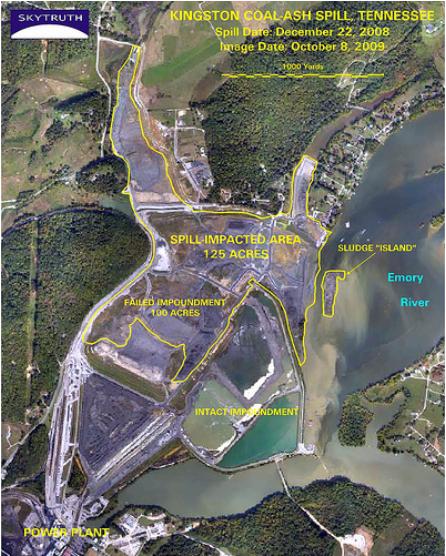Just in case you missed it! Fort Wayne Essex Spill Early March 2009 –
Very interesting viewpoints. I think that Essex, Ft. Wayne, IDEM, et.al. Need to re-evaluate a lot of items. The tank that leaked should have secondary containment, which it did (containment vault) but secondary containment should be large enough to handle the entire amount from the original tank. Then the viewpoint (state environmental officials said there is no risk to human health) seems a bit premature because (The crews wore protective hazardous-material suits and respirators to filter the air they breathe). The chemicals are still able to cause burns even in a diluted state (Phenol is corrosive and even when diluted can cause serious burns after prolonged contact)….and it sounds like the fish kill was due to ice?
Toxic soup in St. Marys
Chemicals spill from Essex Group; river ice masks extent of fish kill
Dan Stockman
The Journal Gazette
A wire factory spilled hundreds of gallons of hazardous chemicals into the St. Marys River along the Rivergreenway and upstream from two popular parks, but state environmental officials said there is no risk to human health.
The spill, which involved chemicals that can burn the skin even when diluted, occurred Jan. 22 and was discovered Jan. 23. Essex Group, 1601 Wall St., notified state and federal officials that an estimated 300 gallons of a chemical mixture had spilled from a rooftop tank.
The tank was surrounded by a containment vault, but the chemical spilled out of the vault and into a stormwater collection system that drained into the river just north of Taylor Street, according to a report filed by Essex with the National Response Center.
The chemical mixture was about 50 percent phenol, about 40 percent petroleum distillates, and about 10 percent cresylic acid, Indiana Department of Environmental Management spokeswoman Amber Finkelstein said. Containing and cleaning up the spill has been difficult because the river is covered by a layer of ice.
Phenol is corrosive and even when diluted can cause serious burns after prolonged contact, according to National Library of Medicine data. Petroleum distillates are toxic and flammable, while cresylic acid can cause severe burns. In 1992, an Essex worker was burned on about 40 percent of his body in a cresylic acid spill inside the facility.
Some fish have apparently been killed in the accident, Finkelstein said, but its unclear how many.
The effect on aquatic life still being monitored, she said. Because of the ice we dont know the complete impact.
Friday, a crew from Environmental Remediation Services in Fort Wayne was using a chain saw to cut huge slabs of ice from the river then lift them by crane to large roll-off waste bins. The crews wore protective hazardous-material suits and respirators to filter the air they breathe.
Indiana Department of Natural Resources spokesman Phil Bloom said a half-dozen small minnows were found dead in the spill area, but its hard to know whether more fish were affected because of the ice.
What complicates the process here is because it is moving water, even under the ice, any evidence (of a fish kill) could be well downstream by now, Bloom said.
Though the St. Marys River is not very clean, it does support a fish population, according to DNR studies.
Essex spokesman Hank Pennington said the chemical blend is used in its manufacturing process; the company, which employs about 200, makes wire, cable and piping. Pennington said the leak occurred because of an equipment malfunction.
He did not have an estimate of how long the cleanup will take or what it will cost but said the company will fulfill its obligations regardless.
Well do what we need to do, Pennington said.
The spill occurred just across the river from the Rivergreenway trail and just upstream from Swinney Park and Headwaters Park, but parks department officials did not know about the spill until contacted by The Journal Gazette on Friday. IDEMs Finkelstein said the agency contacted the Fort Wayne Fire Department and local homeland security officials.
Fire department spokeswoman Susan Banta said the department did not contact the parks department because we were not asked to make an official response.
Local Director of Homeland Security Bernie Beier said parks officials were not notified because there was no danger to humans outside of the immediate area of the spill.
IDEM felt the majority of it was trapped in the ice, Beier said.
He said IDEMs air testing showed there was no vapor threat outside the area and no threat from the water beyond where crews were already working to remove the ice.
Had IDEM said, There is a risk or a potential risk or we cant verify the risk, there would have been more notifications, Beier said. Theyre the ones that said theres no threat to people beyond the immediate spill area.
dstockman@jg.net
Clint Keller | The Journal Gazette
An environmental crew wearing hazardous materials suits and respirators uses chain saws and other tools to cut slabs of river ice and haul them away in the picture that was posted!



